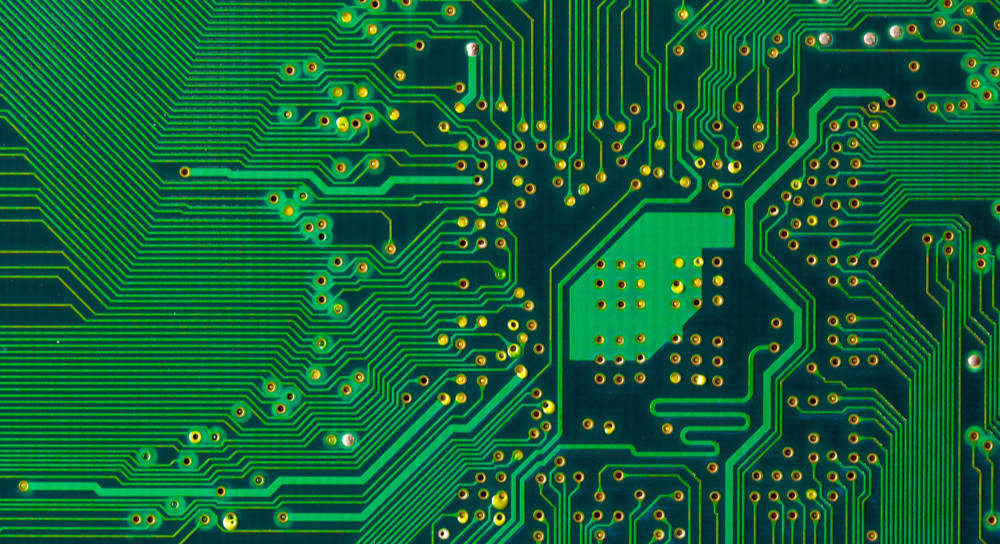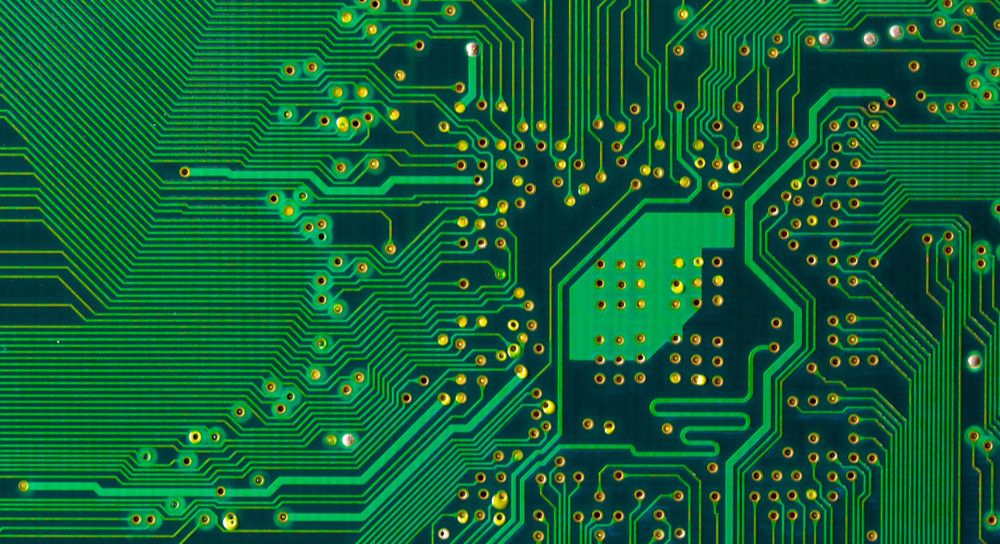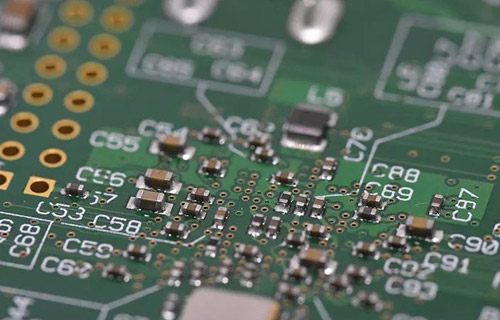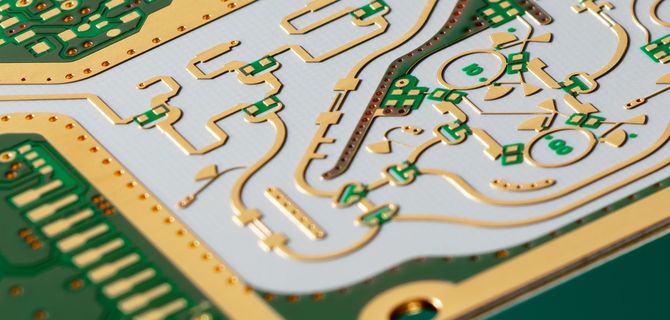
Comprehensive consideration of PCB grounding method
1 Comprehensively consider PCB grounding method
1.1 Advantages of common one point grounding (one point grounding) method: no series mutual interference
If you can't follow 100%, you need to carefully consider how to choose a little? There are 2 templates:
The first large capacitor board of the power filter is a little
Common point grounding
The situation in the second round was a little bit
Power input ground wire
1.2 Tuner (RF) grounding and small signal grounding
The RF front end of the tuner and its mask must be connected to the host shell as a ground wire. The low signal ground wire can branch from the tuner ground wire to the tuner (RF) ground wire and the small signal ground wire
1.3 Grounding of MCU and KB
MCU and KB can be grounded together, and the grounding point is connected to the main grounding or host shell through a narrow wire
1.4 Servo PCB grounding method
Four grounding classifications, motor driver/audio/digital/RF circuit grounding methods. Each individual copper foil is grounded and connected by a narrow conductor. The motor grounding shall be tightened with screws.
Circuit board

1.5 Signal transmission method
Simultaneous transmission of signal lines and signal ground wires can reduce noise
2. Audio Notice
Signal currents generate magnetic fields, and power lines have many noise signals and noise electromagnetic fields generated by large noise currents. Understand the direction, amplitude and intensity of signal current, and reduce the area of signal current circuit to reduce inductive coupling. The corresponding power line ground wires shall be distributed in parallel (parallel or parallel) to minimize the loop area and reduce the loop impedance. The trace of small signal circuit shall not be close to digital circuit or noise signal. Signal lines that can be masked on adjacent layers of PCB shall be isolated from each other. Vertical (90 º) to minimize crosstalk.
3. Noise Precautions
The power supply shall be decoupled at the entry point of the PCB.
The power supply should be located at the power supply entry point of the PCB and close to the high current circuit (power amplifier IC) as soon as possible. Minimize the area between conductors, thereby minimizing inductance). When connecting the cable to the PCB, if possible, provide multiple grounding loops to minimize the loop area. VCC (clean power supply) lines and signal lines shall not be parallel to unfiltered (dirty) lines carrying battery, ignition, high current or fast switching signals.
In general, signal lines and associated ground loops should be located as close as possible to minimize current loop area
a) Low frequency signal current passes through the minimum resistance line b) High frequency signal current passes through the minimum inductance line
Small signal or peripheral circuit shall be close to input/output connector as much as possible, and far away from high-speed digital circuit, high current circuit or unfiltered power circuit.
4. EMC Precautions
A high frequency, low inductance ceramic capacitor is added to each digital IC power supply pin for decoupling. 0.1 µ F capacitor is used for integrated circuits below 15 MHz, and 0.01 µ F capacitor is used for integrated circuits above 15 MHz. The RF decoupling component of the battery or ignition device should be placed at the power inlet of the PCB (near the input/output connector). The oscillator and MCU should be far away from the input/output connector or tuner and as close to its chip as possible, preferably on the same side of the PCB, to keep the loop area to a minimum. RF decoupling capacitors shall be added to the RF circuit. The mask of low-frequency signal (lower than 10MHz) can only be terminated and grounded on the power supply to prevent unnecessary grounding loop.
5. 3-W regular PCB layout
In PCB wiring, we should follow the 3-W wiring rules. Crosstalk occurs between traces on the PCB. This kind of crosstalk will not only occur between clock signals and their surrounding signals, but also on other key signals, such as data, address, control, input and output signal lines, etc. There may be crosstalk and coupling effects. In order to solve the crosstalk of these signals, we can measure them from the PCB track, that is, we should follow the 3-W rule of the track when tracking. The 3-W rule can reduce the coupling between signal trajectories.
The 3-W rule is to meet the separation distance of all signals (such as clock, audio, video, reset, data, address and other key signals): the distance between track edges should be greater than or equal to 2 times the track width, that is, the track center. The distance between them is 3 times the track width. For example, if the clock line width is 8mil, the distance between the edge of the clock trace and the edge of other traces should be 16mil.
Note: For the trace near the edge of the circuit board, the distance from the edge of the circuit board to the trace edge should be greater than 3W.
The 3-W rule can be used in various wiring situations, not only for clock signals or high-frequency periodic signals. If there is no ground reference plane in the input/output area, the differential trajectory pair has no mirror plane, and 3-W rule can be used for routing.
Generally, the distance between two signal traces of differential pair traces should be W, and the distance between differential traces and other traces should meet the 3-W rule, that is, the minimum distance between traces and other traces should be 3W, as shown in Figure 3. For the differential pair trace, noise and other signals from the power plane are coupled to the differential pair trace. If the distance between the signal lines of the differential pair is too large (greater than 3W) and the distance to other signal lines is too small (less than 3W), the data transmission may be interrupted.
6: PCB corner wiring
Sudden change of signal line impedance will lead to discontinuity, which will lead to reflection, so as to avoid tracking on PCB Especially when the signal rise time is ns (microsecond) level when designing high-speed signal PCB
When the track has a right angle corner, the width and cross-sectional area of the track at the corner will be increased, which will generate additional parasitic capacitance, thus reducing the impedance, thus generating discontinuity of track impedance. In this case, two 45 ° or rounded corners can be used at the corners to achieve the right angle. In this way, the line width and cross-sectional area of the trajectory can be kept the same, thus avoiding the problem of impedance discontinuity. As shown in Figure 4, this is the right angle corner processing method. It can be seen from the comparison in the figure that the round corner method is the best. Generally, 45 ° can be applied to signals at 10GMz, and rounded corners can be applied to signals above 10GMz.
The above is the explanation given by the editor of pcb circuit board company.
If you want to know more about PCBA, you can go to our company's home page to learn about it.
In addition, our company also sells various circuit boards,
High frequency circuit board and SMT chip are waiting for your presence again.







